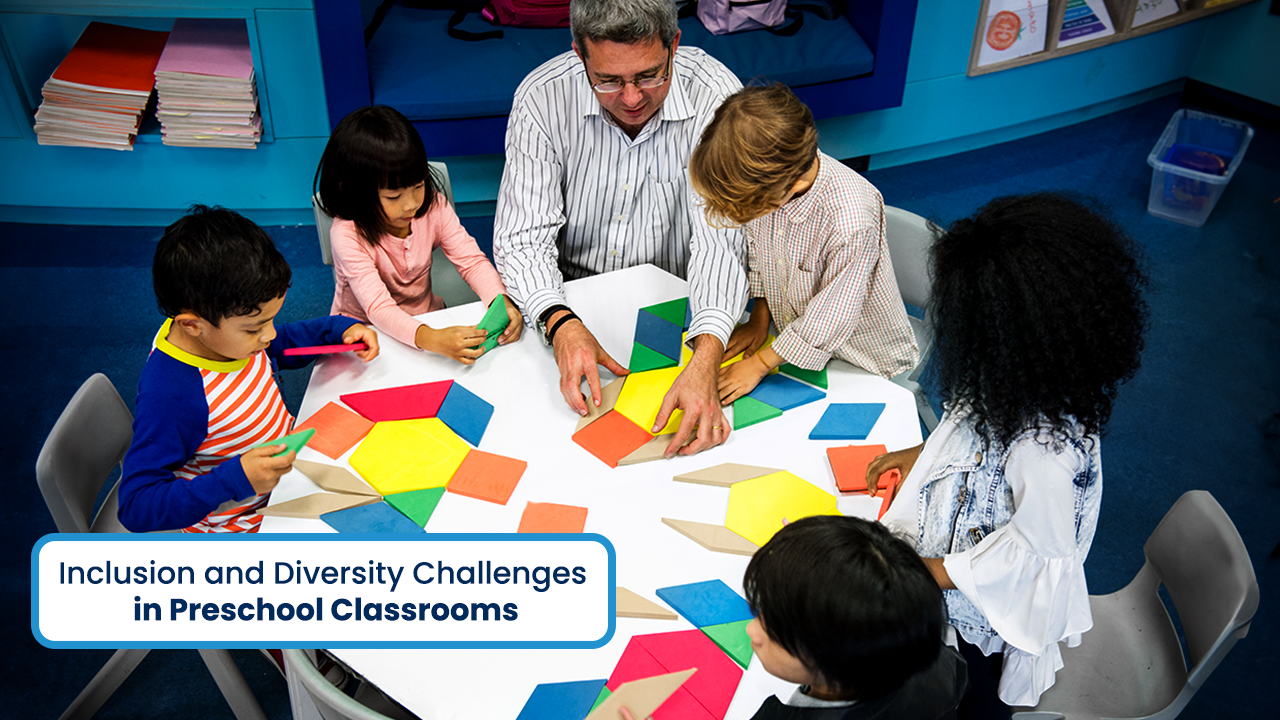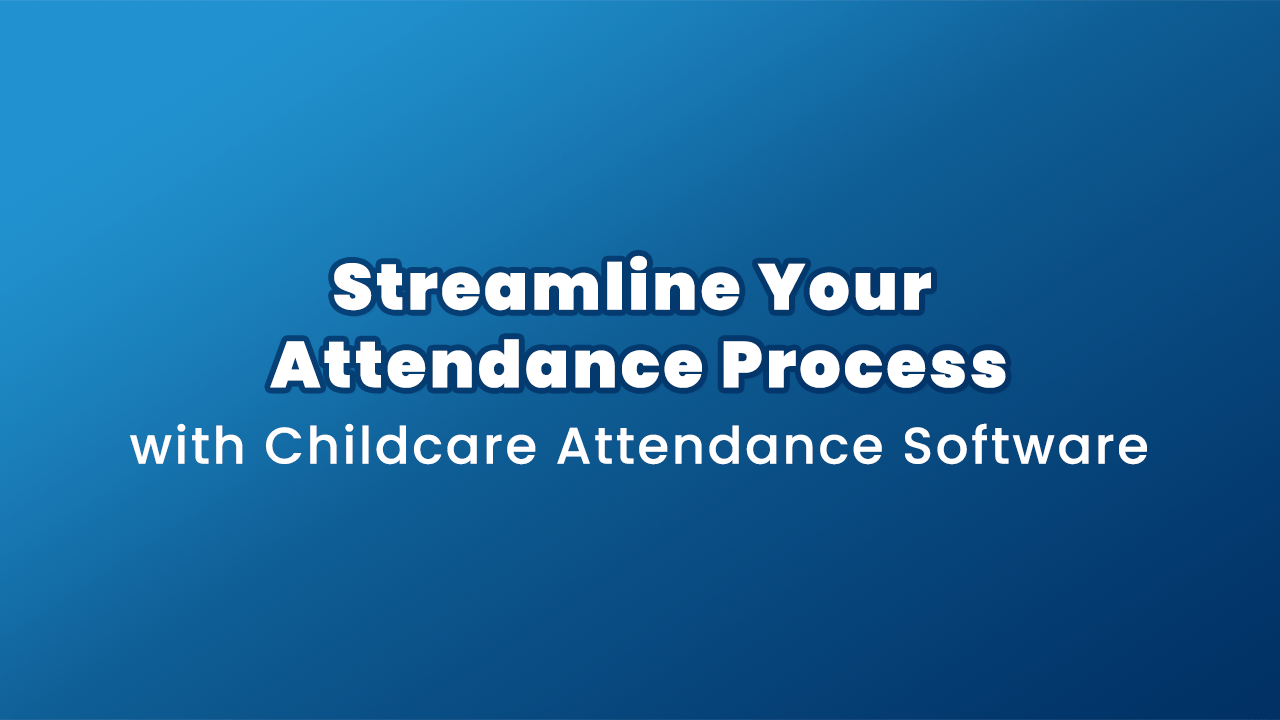
The principles of inclusion and diversity are valuable and essential in preschool classrooms for fostering an environment where every child feels welcomed, valued, and respected. However, implementing these principles comes with challenges, requiring educators and administrators to navigate complex issues with sensitivity and skill. This blog post explores the inclusion and diversity challenges in preschool classrooms and offers insights into how these challenges can be addressed effectively.
Definition of Inclusion and Diversity Challenges in Preschool Classrooms
Inclusion and diversity challenges in preschool classrooms refer to the barriers encountered when striving to create equitable and diverse learning environments for young children. These challenges encompass issues related to ensuring access to quality education for all children, including those with special needs, while addressing cultural, linguistic, and socioeconomic diversity. Essentially, these challenges revolve around creating environments where every child feels valued, respected, and supported in their learning journey.
Inclusion and Diversity Challenges in Preschool Classrooms
Inclusion and diversity challenges in preschool classrooms encompass a variety of complex issues that educators and administrators must navigate to create equitable and inclusive learning environments. Some of the key challenges include:
Cultural and Linguistic Diversity:
Preschool classrooms often include children from diverse cultural and linguistic backgrounds. Language barriers, cultural norms, and practice differences can challenge effective communication and collaboration among students, educators, and families. Ensuring that all children feel valued and respected while celebrating cultural diversity requires intentional efforts to incorporate diverse perspectives, languages, and experiences into the curriculum and classroom environment.
Special Educational Needs:
Inclusive preschool classrooms include children with a wide range of abilities, including those with disabilities or developmental delays. Providing appropriate support and accommodations for children with special needs can be challenging, particularly in resource-limited settings. Educators may need specialized training and resources to meet all students’ diverse learning needs and ensure they can access inclusive educational opportunities. Learn more about childcare for children with special needs and disabilities.
Socioeconomic Disparities:
Socioeconomic disparities among families can impact children’s access to resources, support services, and opportunities for enrichment both inside and outside the classroom. Children from low-income households may face barriers to participation in extracurricular activities, access to educational materials, and exposure to diverse experiences. Addressing socioeconomic disparities requires targeted interventions, such as financial assistance, access to community resources, and support services for families facing economic challenges.
Implicit Bias and Stereotypes:
Educators and administrators may hold implicit biases and stereotypes that influence their interactions with students and families. Unconscious assumptions about race, ethnicity, gender, and other identities can contribute to disparities in treatment and opportunities within the classroom. Addressing implicit bias and promoting cultural competence among educators is essential for creating inclusive environments where all children feel valued, respected, and supported in their learning and development.
Parental Involvement and Communication:
Effective communication and family collaboration are critical for supporting children’s learning and development in preschool settings. However, language barriers, cultural differences, and other factors may hinder meaningful engagement with parents and caregivers. Building trusting relationships with families and creating inclusive communication channels that are accessible and culturally responsive can help ensure that parents feel empowered and valued as partners in their child’s education.

Navigating Inclusion and Diversity Challenges in Preschool Classrooms
Addressing inclusion and diversity challenges in preschool classrooms lies in creating environments that reflect our diverse societies and preparing children to navigate and thrive in a multicultural world. Here are some key reasons why addressing these challenges is crucial:
Promoting Equity and Access to Education:
Inclusive preschool classrooms ensure that every child has equitable access to high-quality early childhood education regardless of their background, abilities, or characteristics. Addressing diversity challenges helps prevent marginalization and ensures that all children receive the support and resources they need to succeed.
Fostering positive socialization and relationships:
Preschool is a critical time for children to develop social skills, empathy, and positive peer relationships. By creating inclusive environments that celebrate diversity, children learn to appreciate and respect differences. The thing that facilitates building friendships across cultural and linguistic lines. Moreover, this develops the social competencies needed for success in school and beyond.
Supporting Language and Cognitive Development:
Exposure to diverse languages, cultures, and experiences enhances children’s language development and cognitive skills. Inclusive preschool classrooms allow children to learn from each other. Also allows them to share their unique perspectives and engage in meaningful interactions that stimulate intellectual growth and critical thinking.
Preparing Children for a Diverse Society:
In today’s globalized world, cultural competence and the ability to interact effectively with people from diverse backgrounds are essential. Educators help prepare children to navigate and thrive in multicultural communities, workplaces, and social settings. This can be done by addressing inclusion and diversity challenges in preschool classrooms.
Promoting Positive Identity Formation:
Inclusive environments affirm children’s identities and help them develop a positive sense of self. When children see themselves reflected in their classroom materials, activities, and interactions, they feel valued and respected. This empowers them to embrace their cultural heritage, language, and identity.
Countering Bias and Discrimination:
Preschool is a critical time for challenging stereotypes, biases, and prejudices that children may encounter in society. By addressing diversity challenges head-on, educators can create environments that promote understanding and empathy. This also promotes acceptance, counters negative attitudes, and fosters a culture of inclusion and respect.
Conclusion on Inclusion and Diversity Challenges in Preschool Classrooms
In conclusion, promoting inclusion and diversity in preschool classrooms requires a multifaceted approach. This helps address each child’s and their family’s unique needs and challenges. By fostering a culture of acceptance, understanding, and belonging, educators and administrators can create an enriching learning environment where every child can thrive and reach their full potential. Read also about the benefits and strategies for diversity and inclusion in daycare.


